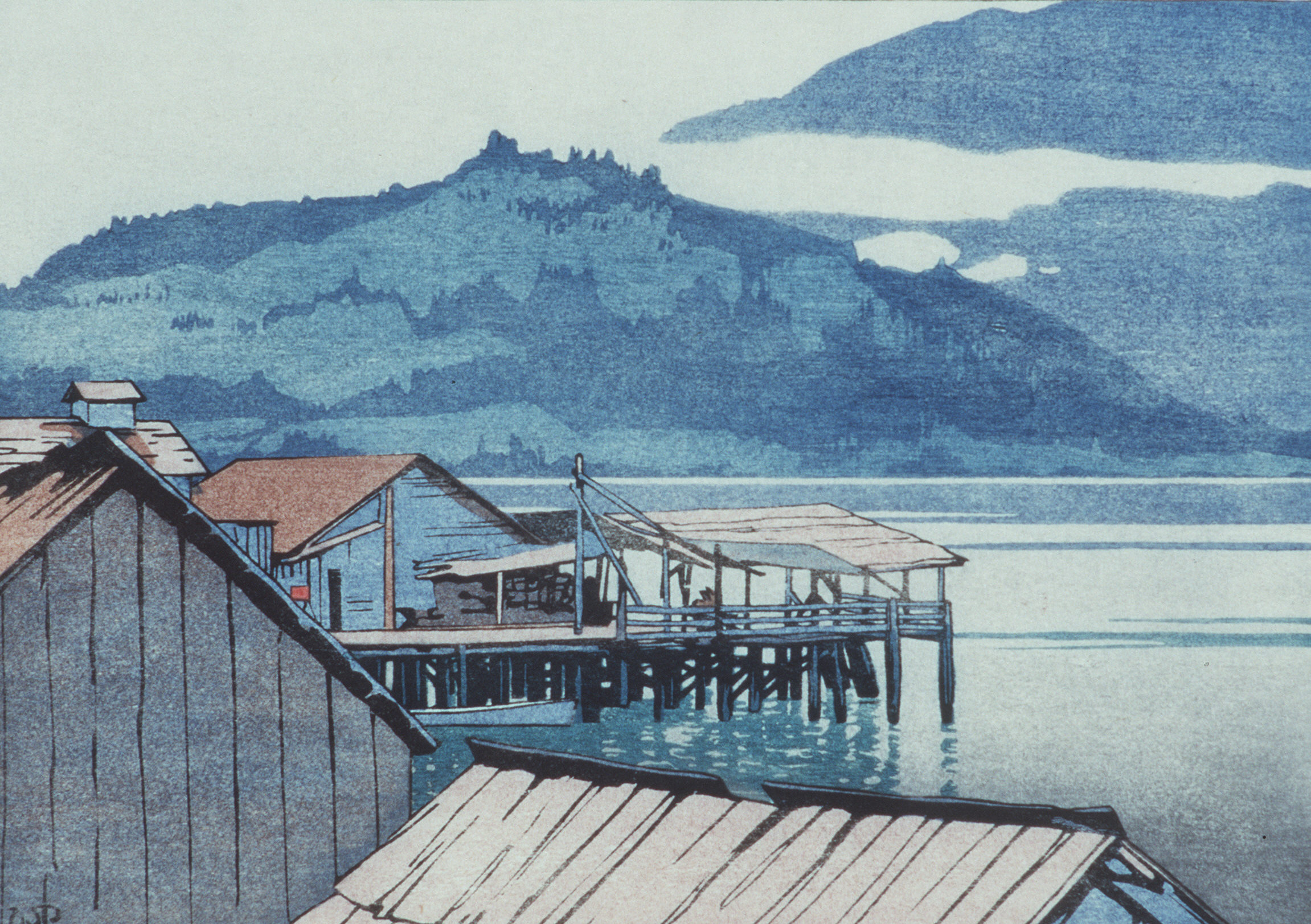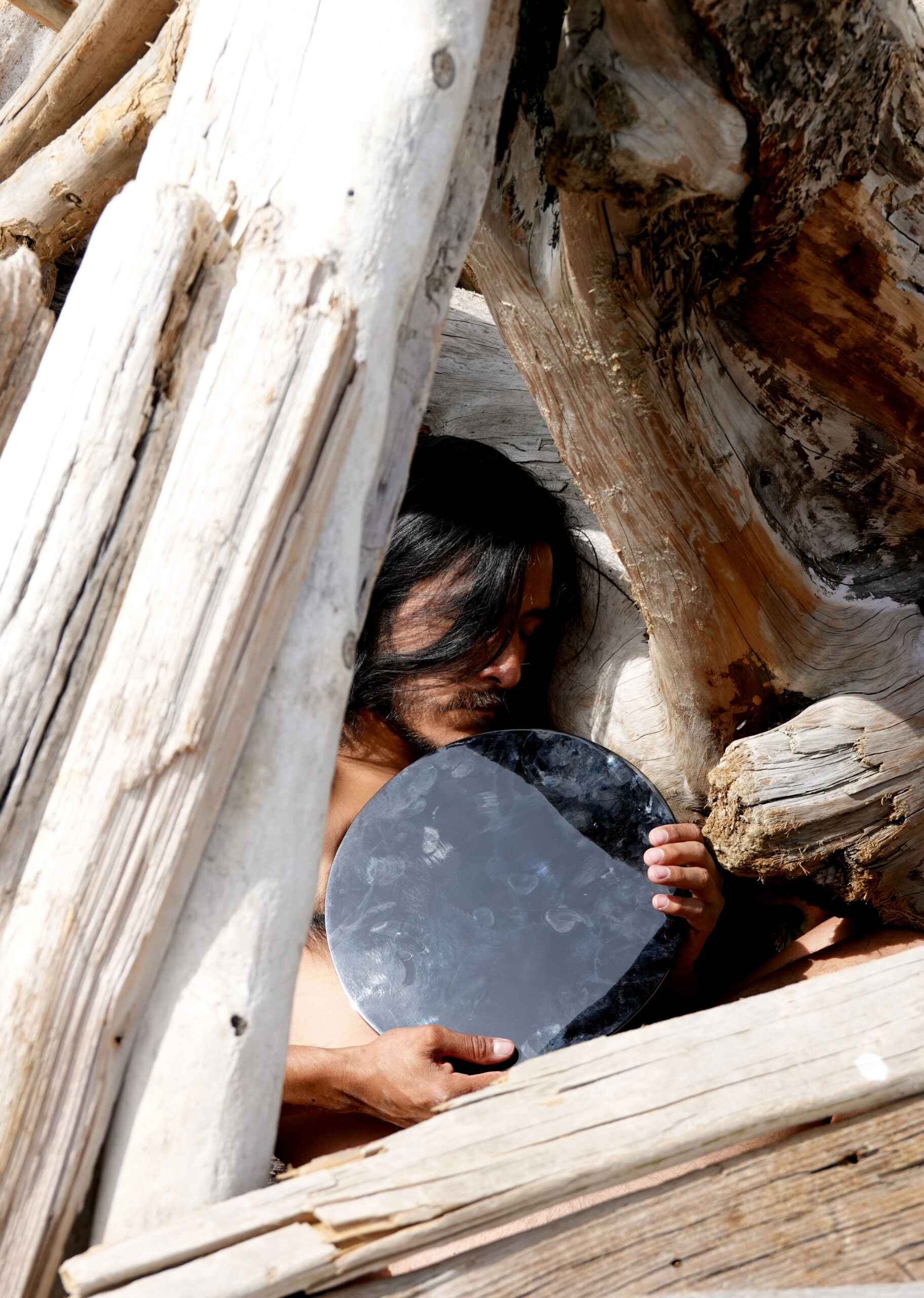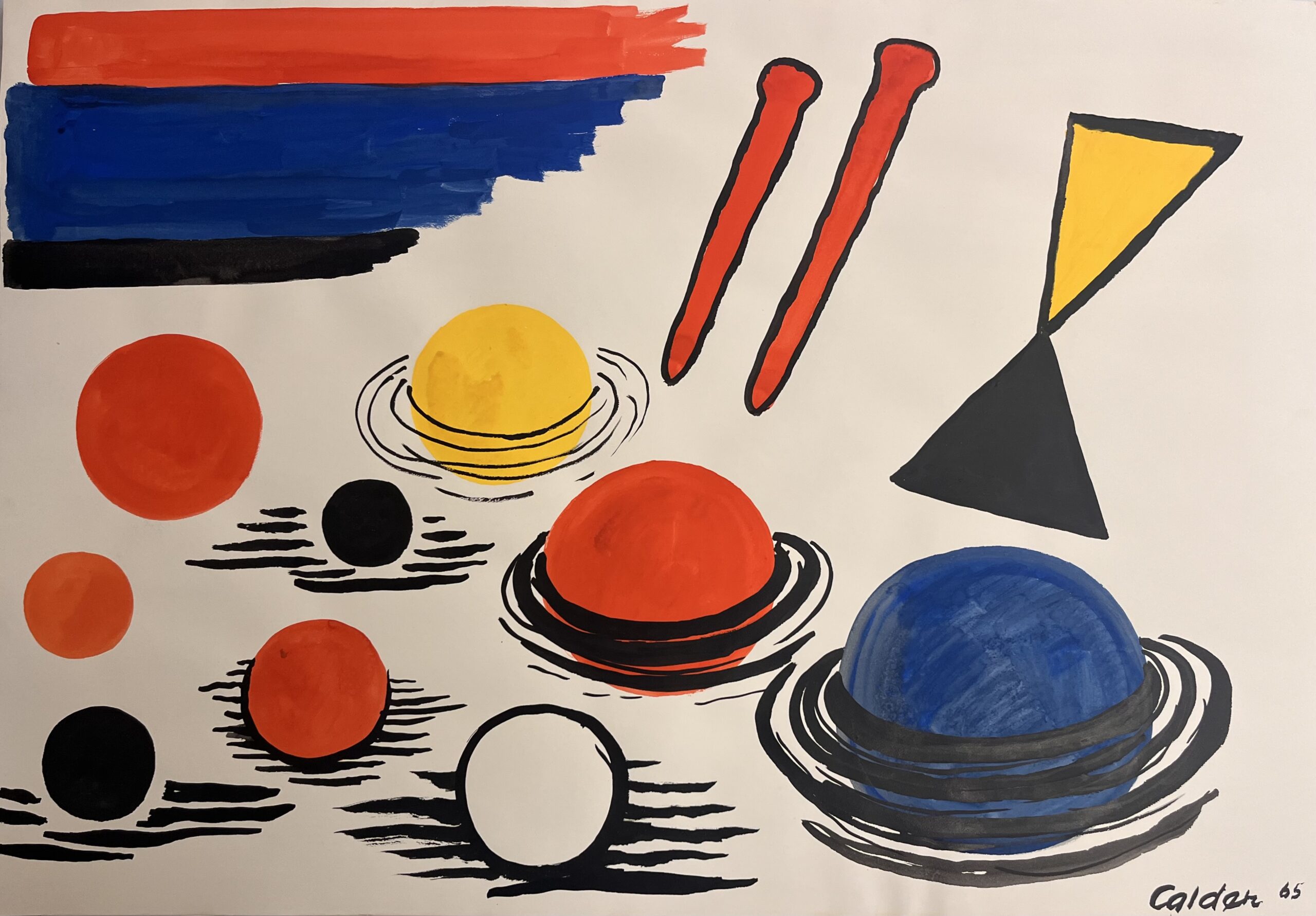Join us as we explore issues related to the vast and mighty topic that is WATER. Water as a resource; water as a conduit of trade, exchange, and colonization; water and climate change. The AGGV’s upcoming Water Work Space exhibition functions much like a Research and Development Department – part workshop, part exhibition space.
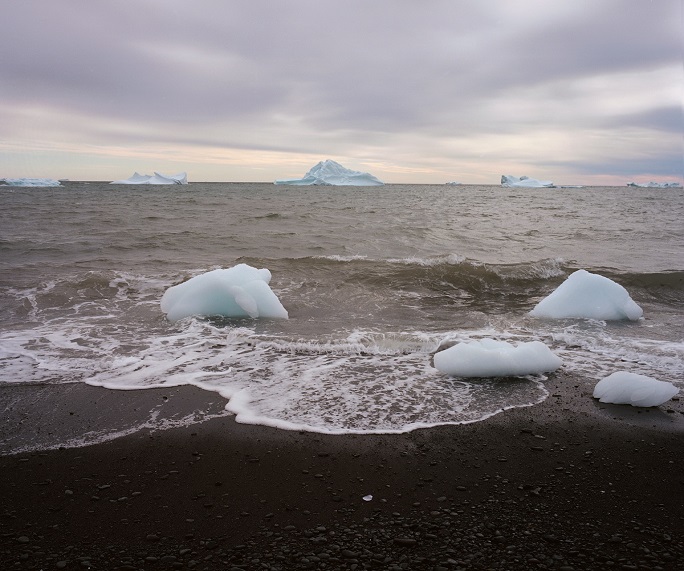
Tara Nicholson, Arctic Claims series, Icebergs, Disko Bay, 2015, limited edition archival pigment print, Image courtesy of the artist.
Water Work Space is a site for the exchange of ideas to fuel an ongoing project Wa’witłala: The Pervasiveness of Water/Cannot Go Against the Tide (to be exhibited in the future). Inspired by Dzawada’enuxw artist Marianne Nicolson’s work addressing river systems, this enquiry based collaborative project is being led by Nicolson and AGGV curators Nicole Stanbridge and Michelle Jacques.
The AGGV has facilitated two community conversations so far: Let’s Talk Water in collaboration with DIY Life: Art Science and Ecology Fair (June 25, 2016 | Victoria, BC) and We Are Water in collaboration with Disjecta (Portland Oregon | Aug 19, 2017). These programs have included artists, activists, researchers of environmental justice, and the general public.

Pictured above: We are Water: Community Conversation collaboration between AGGV and Disjecta Contemporary Art Center
Left to Right: Michelle Jacques(Chief Curator, AGGV), Blake Shell (Executive Director, Disjecta), Marianne Nicolson (Dzawada‘enuxw artist), Sara Siestreem (Hanis Coos artist), Tarika Powell (senior researcher, Sightline Institute), Nicole Stanbridge (curator of engagement, AGGV). In rear paintings by Umatilla artist James Lavadour.
The aim of Wa’witłala is to explore issues related to water from an Indigenous worldview and to create space for discussions across cultures and disciplines. Using pre-programs and workshops spaces such as Water Work Space, the goal is to make the process collaborative and transparent. Water Work Space asks the questions: “How might water issues play a role in your life? How do these issues relate to the place where you live?”
As part of the art aspect of the exhibition, Marianne Nicolson’s recent work The Sun is Setting on the British Empire (pictured above) takes center stage with a tongue-in-cheek jibe at British colonialism, by re-working the provincial flag with the Sun above the Union Jack and including Indigenous iconography. Contemporary artists Gu Xiong and Tara Nicholson will also exhibit work, while artworks from the AGGV Collection will feature Gwenda Morgan, Mark Henderson, Walter J. Phillips, and more.

Gu Xiong, A River of Migration (installation view), mixed media, plaster, 1998, Courtesy of the artist.
Water Work Space is not an art exhibition per se, as the curators don’t intend to merely disseminate information, but rather, the purpose is to share knowledge and to learn from the community. The project is cross-disciplinary and cross-cultural, where artists, ecologists, poets, activists, students and others are invited to hash out what water means to everyone. The space in the Graham Gallery is set up such that visitors of all ages and backgrounds will have the chance to engage in the community conversation. Groups are also invited to use the space for workshops and gatherings.
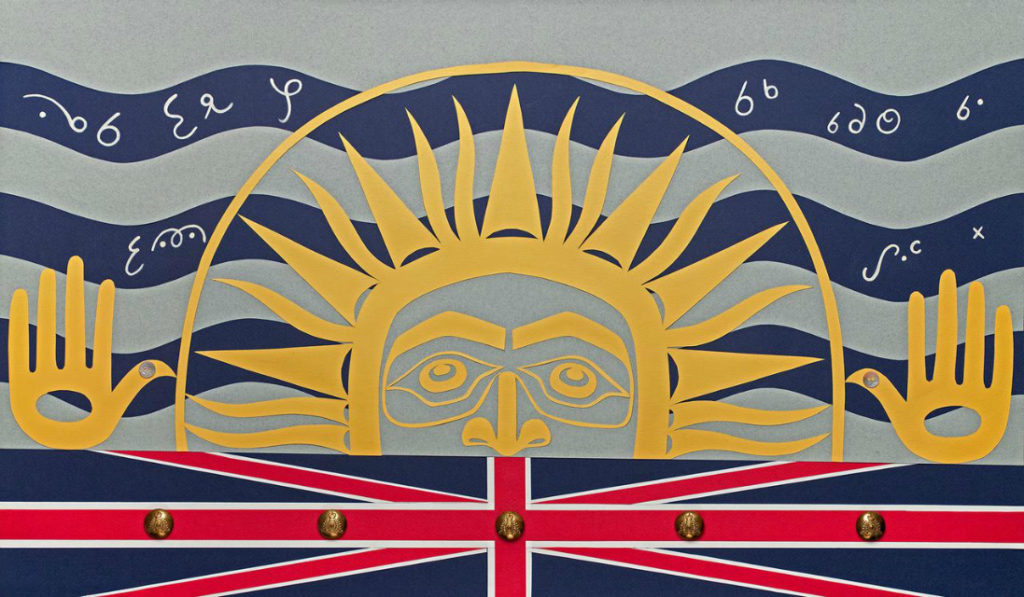
Pictured above: Marianne Nicolson | The Sun is Setting On The British Empire | 2017 | vinyl | dimensions variable | Courtesy of the Artist
We invite you to join in the community conversation, to help us understand where we need to go and how we might get there.
Feature Image (top): Walter Joseph Phillips (1884-1963) | The Waterfront, Alert Bay, British Columbia | 1928 | woodcut and colour on paper | Gift of the Artist
Water Work Space | September 16, 2017 – January 7, 2018 | Curated by Nicole Stanbridge | Graham Gallery
